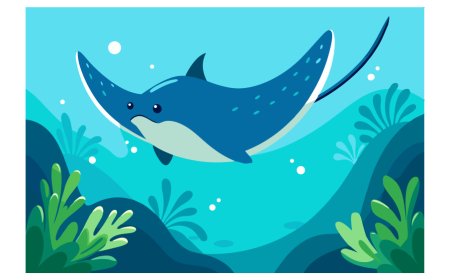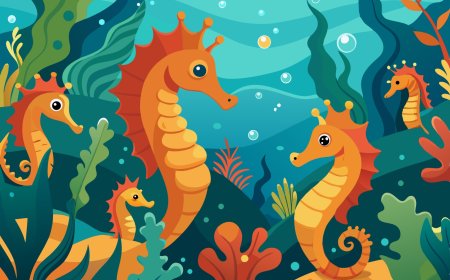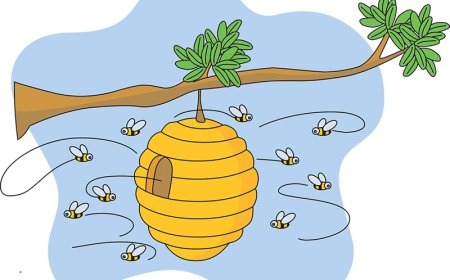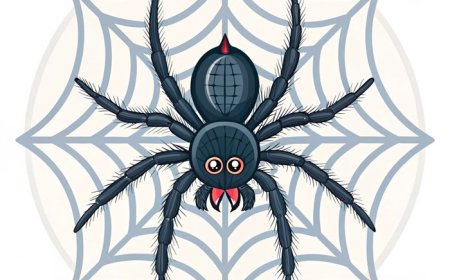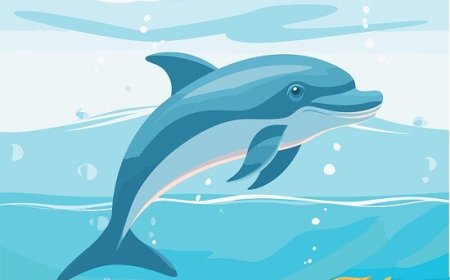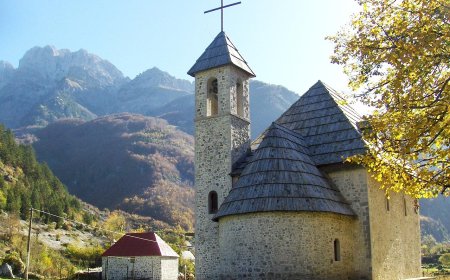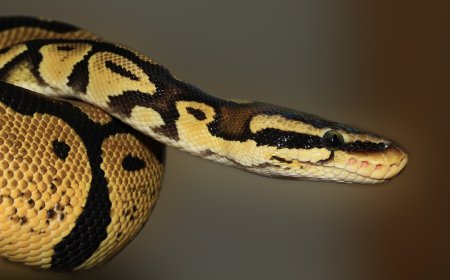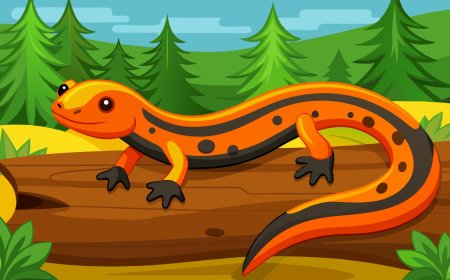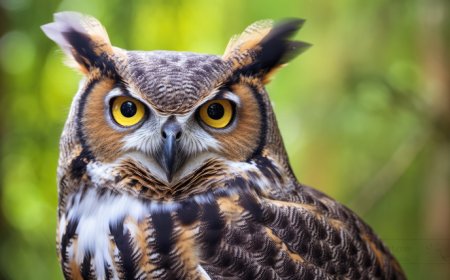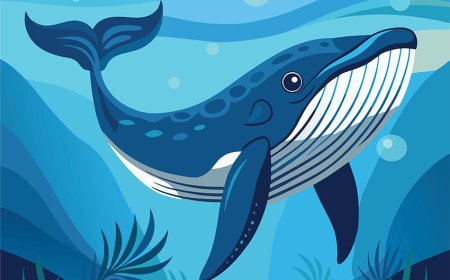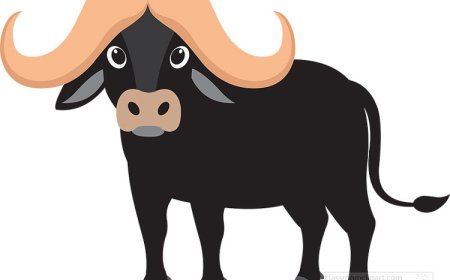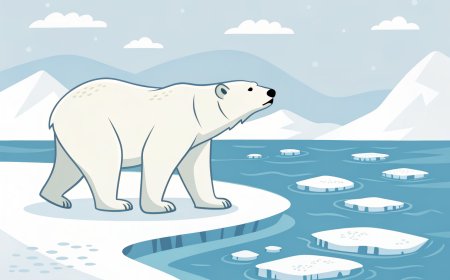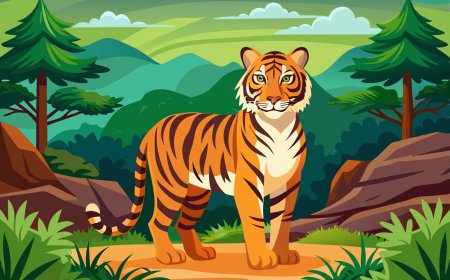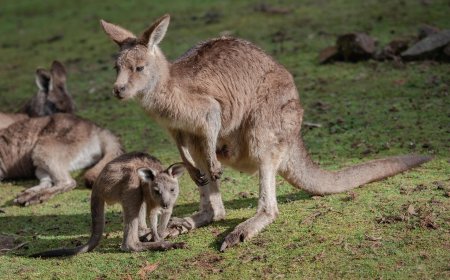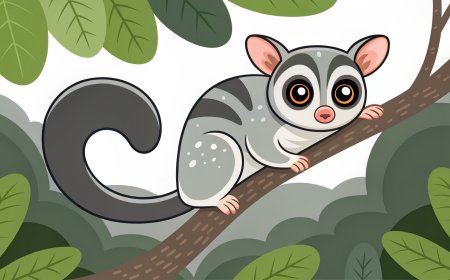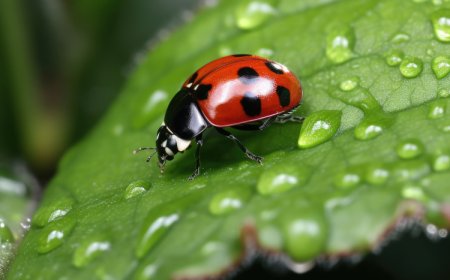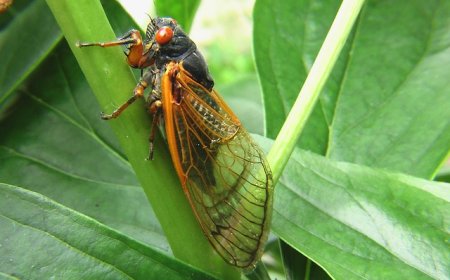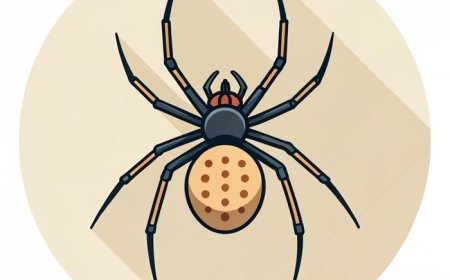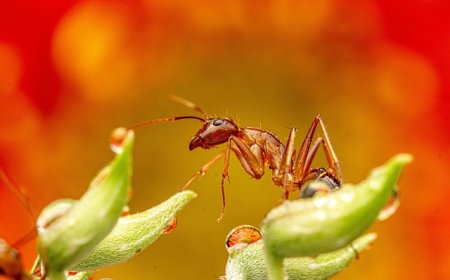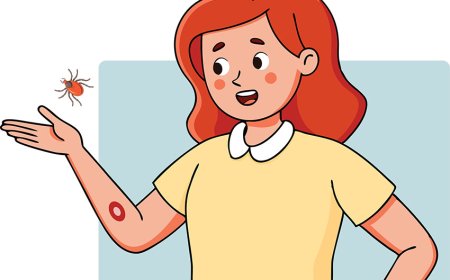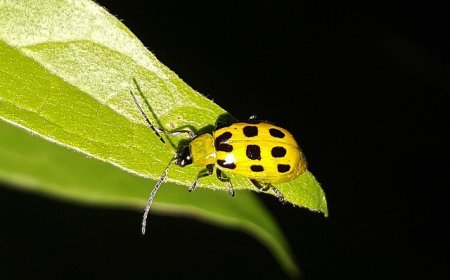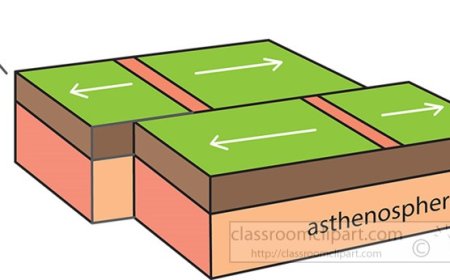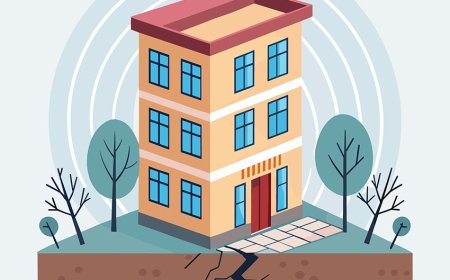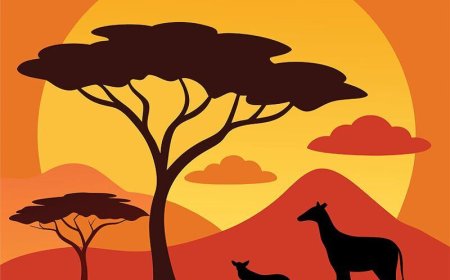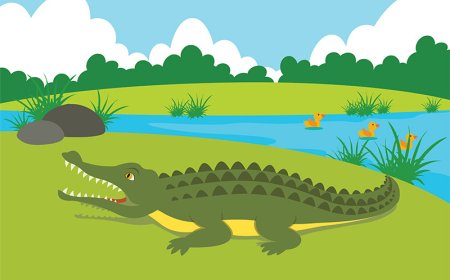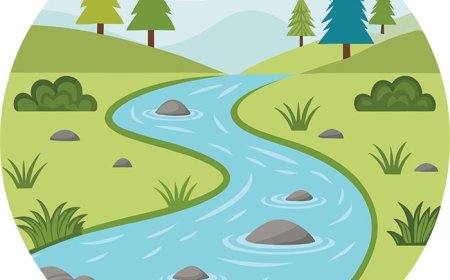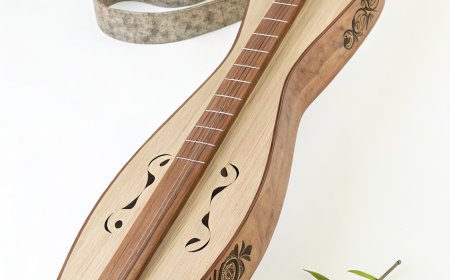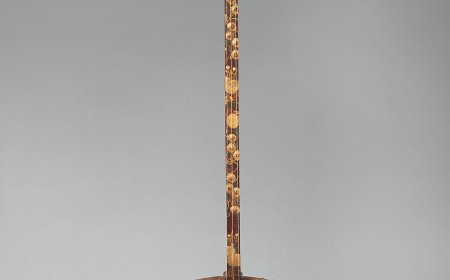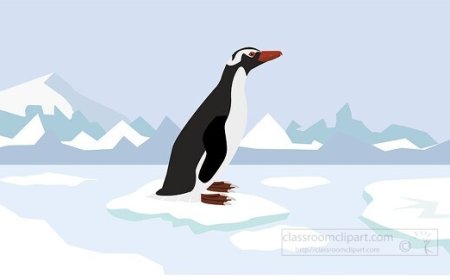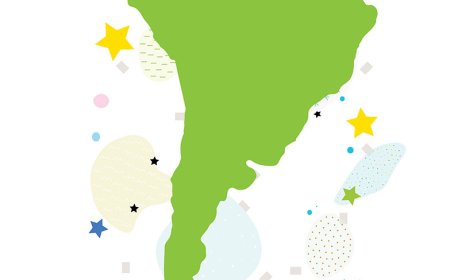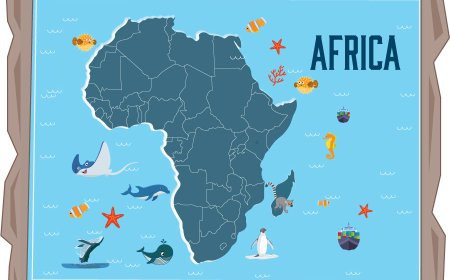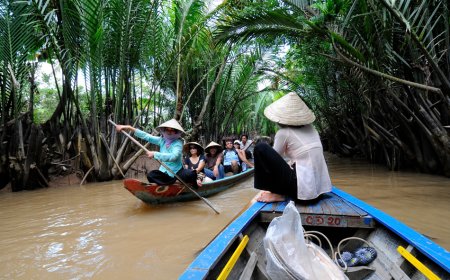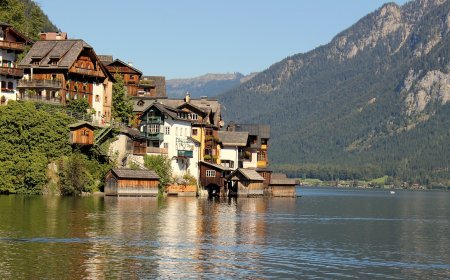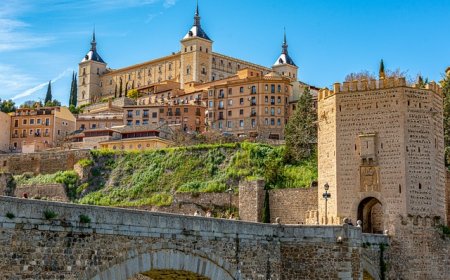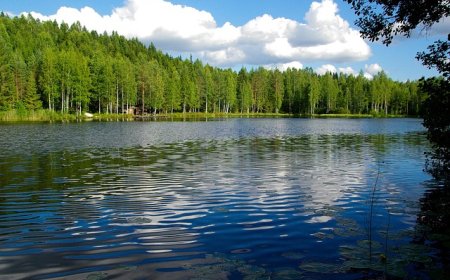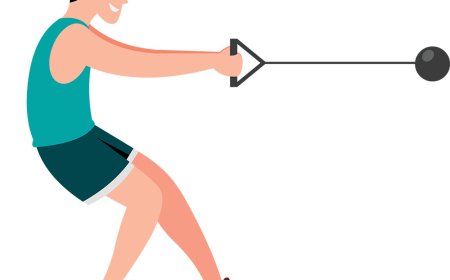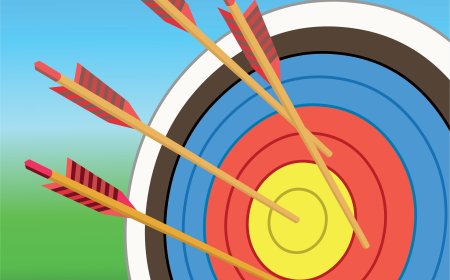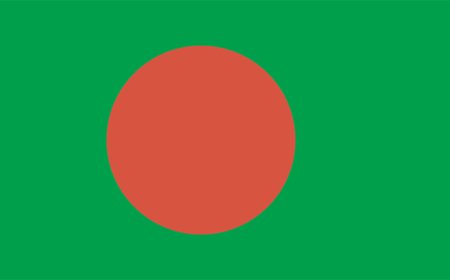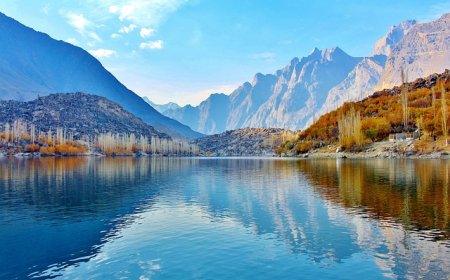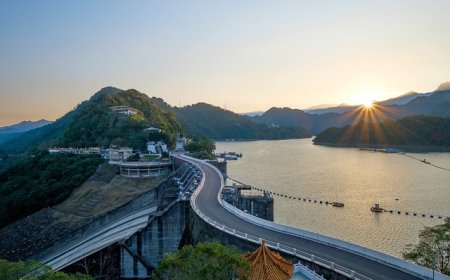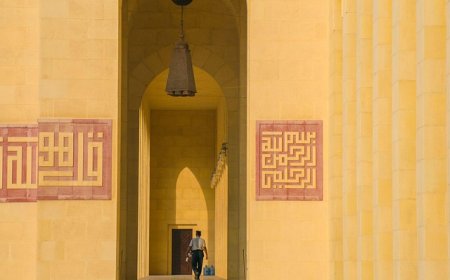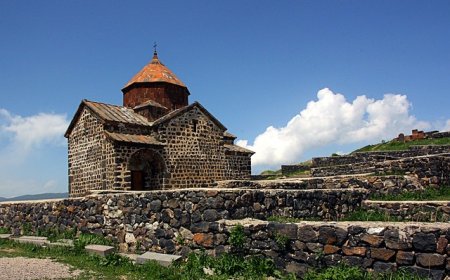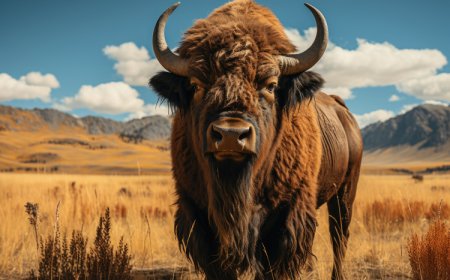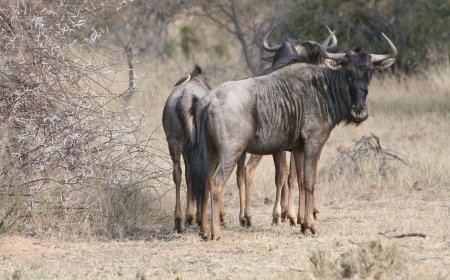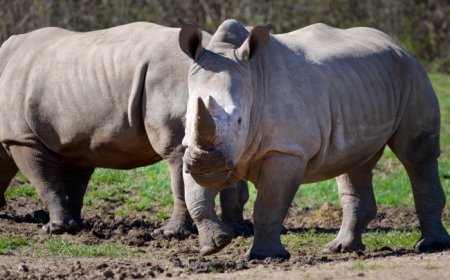All About Bactrian Camels for Students: Double-Humped Desert Survivors
Discover the world of Bactrian camels in this full-length article for students. Learn about their adaptations, habitats, and importance to desert life. Includes vocabulary, quiz, and summary.
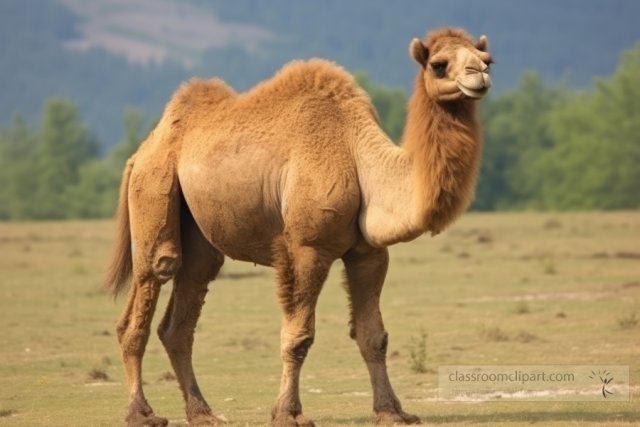
🐫 Bactrian Camels: Double-Humped Survivors of the Desert
When people think of camels, they often picture a long-legged animal walking through hot sand with a hump on its back. But not all camels are the same. The Bactrian camel is unique because it has two humps instead of one, and it’s built for life in the cold, dry deserts of Central Asia, not the heat of the Sahara.
These tough animals can handle extreme temperatures, long periods without food or water, and some of the harshest conditions on Earth. Some Bactrian camels are domesticated and help humans with transportation, milk, and wool. Others live in the wild—and they’re critically endangered, with only a few thousand left in remote parts of China and Mongolia.
🌍 Habitat and Range
Bactrian camels live in desert and semi-desert regions across parts of Mongolia, western China, and Central Asia. These areas are part of the Gobi Desert, where temperatures can rise above 100°F (38°C) in summer and drop below -20°F (-29°C) in winter.
Unlike African dromedary camels, which live in sandy, hot deserts, Bactrian camels are adapted for rocky terrain, freezing temperatures, and dry winds. Their home ranges include mountain deserts, dry plains, and areas near saltwater lakes where few other animals survive.
They are both nomadic and highly mobile, meaning they travel large distances to find food, water, and shelter. Wild Bactrian camels live far from people and are often hard to study because of how remote their environment is.
🐾 Physical Features and Special Adaptations
The most obvious difference between the Bactrian camel and its cousin, the dromedary, is the number of humps. Bactrian camels have two humps, while dromedaries have one. These humps store fat, not water, and allow the camel to survive for weeks without food.
Other adaptations include:
- Thick fur in winter and a lighter coat in summer, helping them survive extreme temperatures
- Long eyelashes and closable nostrils to keep out sand and dust
- Broad, tough feet that act like snowshoes on sand or snow
- Calloused knees and chests to rest on hot or cold ground
- The ability to drink salty or brackish water that other animals can’t tolerate
When food is scarce, a Bactrian camel can lose up to 40% of its body weight and still survive. When it finds water again, it can drink up to 30 gallons (113 liters) in just 13 minutes!
🌿 Diet and Feeding Behavior
Bactrian camels are herbivores, but they aren’t picky eaters. Their diet includes:
- Dry grasses and desert shrubs
- Thorny plants and salty bushes
- Leaves and bark
- Grains and vegetables (in captivity)
Because food is scarce in the desert, Bactrian camels will eat almost any plant they can find—even ones that other animals avoid. Their tough mouths and three-chambered stomachs help them chew and digest rough vegetation.
They often graze in the early morning and late evening when it’s cooler. Wild Bactrian camels are scavengers too—they’ve even been known to eat bones or chew on tent materials during droughts. This extreme flexibility helps them survive in places where few animals can.
👥 Behavior and Lifestyle
Bactrian camels can live alone or in small groups, usually made up of a dominant male, several females, and their young. In the wild, herds are small, often fewer than 30 individuals, and they travel across large territories to find food and water.
They communicate through grunts, moans, snorts, and body language, especially during the breeding season, when males become more aggressive and fight for mates. Camels may spit, bite, or wrestle with their necks to compete for dominance.
Domesticated Bactrian camels are calmer and often live in groups managed by herders. These camels are used for transportation, milk, meat, and camel hair wool, which is spun into warm clothing. In many cultures, they are a symbol of endurance and survival.
🍼 Life Cycle and Reproduction
Bactrian camels usually mate in late winter, between January and March. After a gestation period of 13–14 months, the female gives birth to a single calf (twins are rare). The calf is born with soft fur and is able to stand and walk within hours of birth.
Young camels stay close to their mothers for the first year, nursing and learning how to survive in the wild. By the time they are 3–5 years old, they are fully grown and can live independently.
Bactrian camels have a long lifespan. In the wild, they may live for about 30–40 years, though their lives are often shorter due to harsh conditions. In captivity, with good care, they can live even longer.
⚠️ Threats and Conservation
The wild Bactrian camel (Camelus ferus) is one of the rarest large mammals in the world. Fewer than 1,000 individuals remain in the wild, and they are listed as critically endangered by the IUCN.
🚨 Threats include:
- Habitat destruction from mining, roads, and human settlement
- Poaching for meat or hides
- Competition with livestock for food and water
- Hybridization with domestic camels, which threatens wild gene pools
- Climate change, which increases desert droughts
🛡️ Conservation efforts:
- Protected areas like the Great Gobi Reserve in Mongolia
- Tracking and monitoring wild herds with GPS collars
- Breeding programs and DNA research to protect genetic purity
- Raising awareness through global organizations like the Wild Camel Protection Foundation
These conservation efforts are challenging but essential. The wild Bactrian camel is the only truly wild camel species left, and its survival depends on both local and international action.
🎉 Fun Facts About Bactrian Camels
- Their two humps are used to store fat, not water!
- They can survive extreme temperatures, from -40°F to 120°F
- Wild Bactrian camels can drink saltwater, which is rare among mammals
- A camel’s eyelashes can be 4 inches long—like natural goggles
- Bactrian camels can close their nostrils to block out sand during sandstorms
🧠 Vocabulary List
- Herbivore – An animal that eats only plants
- Desert – A dry region with little water and vegetation
- Hump – A rounded part of the back that stores fat
- Nomadic – Moving from place to place without a permanent home
- Poaching – Illegal hunting or capturing of wild animals
- Gestation – The time a baby grows inside its mother
- Hybridization – Mixing of two different species or types
- Domesticated – Tamed and raised by humans for use
- Adaptation – A feature that helps an animal survive in its environment
- Critically endangered – At extremely high risk of extinction
✅ Camel Quiz: Hump Day Heroes!
1. How many humps does a Bactrian camel have?
A. One
B. Two
C. Three
D. None
2. What do camels store in their humps?
A. Water
B. Sand
C. Fat
D. Bones
3. What type of climate do Bactrian camels live in?
A. Rainforest
B. Arctic
C. Cold deserts and mountains
D. Tropical beaches
4. What makes wild Bactrian camels different from domestic ones?
A. They can't drink water
B. They live in cities
C. They have different DNA and are endangered
D. They swim for food
5. What is a major threat to wild Bactrian camels?
A. Volcanoes
B. Earthquakes
C. Poaching and habitat loss
D. Hurricanes
🧒 Kid-Friendly Summary
Bactrian camels are big, strong animals with two humps on their backs. They live in the cold deserts of Asia and can survive really hot and freezing weather. These camels eat rough plants, drink salty water, and carry heavy loads for people.
Some Bactrian camels are wild and live without humans, but they are in danger of disappearing. People are helping them by protecting their deserts, stopping illegal hunting, and teaching others how special these camels are.
